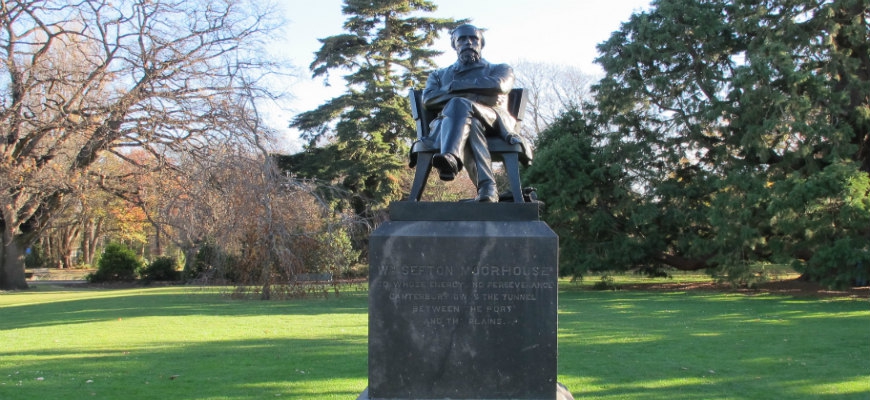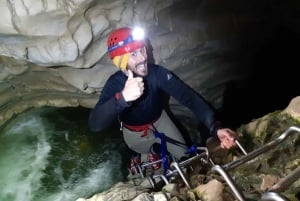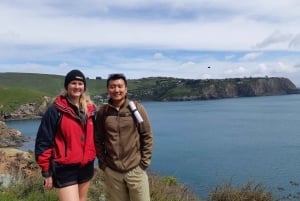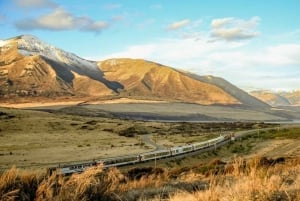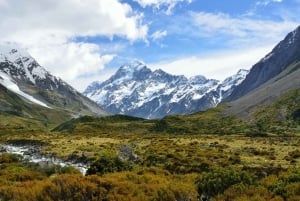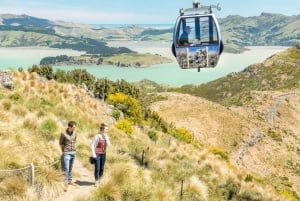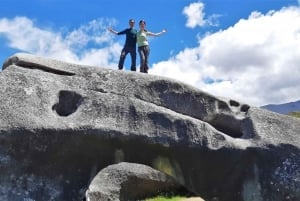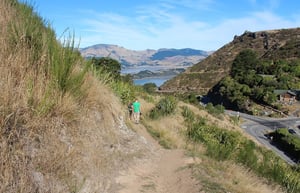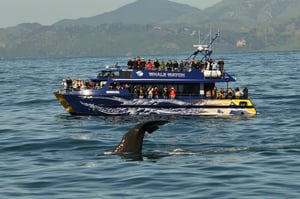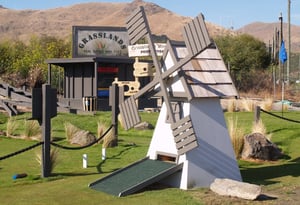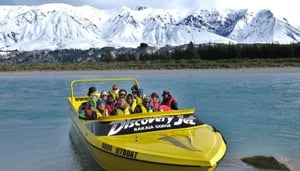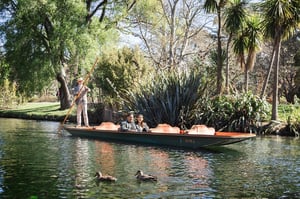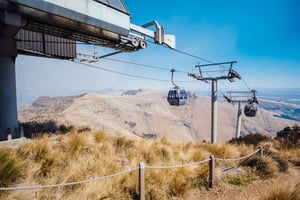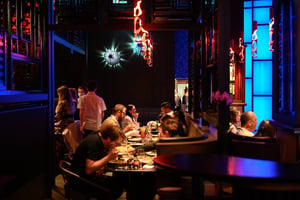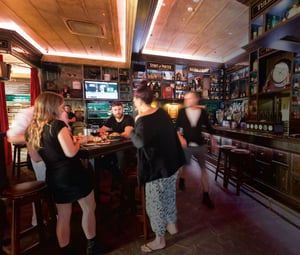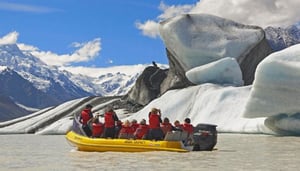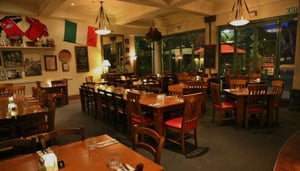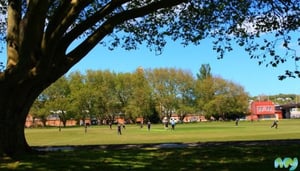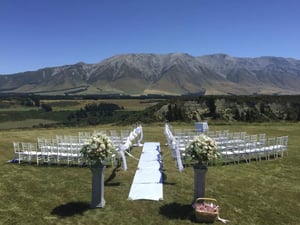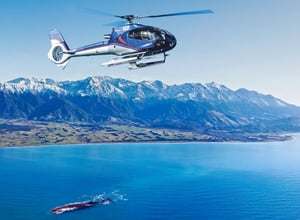Christchurch History
New Zealand's oldest established city, and second-largest today, Christchurch was named by British settlers in the 1840s. Its first inhabitants, though were probably hunters of the 13th century. In the 16th century, the Waitaha tribe of the North Island moved in, and 'possession' of the area passed between several warring factions before the arrival of British whalers, two hundred years later.
Captain Cook had passed the area in the 1870s, and named it 'Banks Island', not realising he was looking at a peninsula. The French then made footfall, in 1815, but it wasn't until the 1840s that the British whalers arrived who, ironically, did not stay long. Their land and few buildings were taken over by other Britons who then set about laying the foundations for a permanent settlement.
Word was sent back home and, soon, four ships carrying a total of around 800 people, set sail to join them. The 'Canterbury Pilgrims', as they became known, arrived in 1850, and soon set about their plan to construct a town based around a cathedral and college, like ChristChurch in Oxford – from where the city got its name.
By 1863, Christchurch had a good road network, was a bustling port, and even had the railway. A royal charter had granted it city status, and many of the buildings still present, date from this Gothic revival period. In 1893, New Zealand became the world's first country to give women the vote, due in large part to the efforts of Christchurch suffragette, Kate Sheppard. A Liverpudlian by birth, Sheppard emigrated with her family when she was 22, and established the Women's Christian Temperance Union. An advocate not just for women's rights, but rights for all victims of discrimination, Sheppard remained a pivotal political figure all her life, and a memorial to her can be seen in Oxford Terrace.
Christchurch (specifically Lyttleton) has also played an important part in Antarctic exploration, being where both Captain Scott and Ernest Shackleton chose to depart from for several expeditions. There is a Scott statue in the CBD (crafted by his widow, Kathleen), and the Canterbury Museum exhibits several artefacts from this time. In addition, the US Navy and and US Air National Guard both use Christchurch Airport as their air base for supplying the Scott and McMurdo Antarctic Bases.
Earthquakes
One important aspect of Christchurch's history, though, is a geological one. The city has always been prone to earth tremors, but 3 September 2010 saw the first of three major quakes that have devastated the city. The first, measuring a 7.1 magnitude, happened in the early hours and caused widespread damage, but no fatalities. The second, on 22 February 2011 (which was actually an aftershock of the September quake), happened during a busy weekday lunchtime, and was shallower, causing much more devastation and 184 deaths. Many buildings were destroyed or severely damaged (some are still to be pulled down), with much of the CBD affected, including the iconic ChristChurch Cathedral.
As the city was just getting back on its feet, two more aftershocks rocked the area on 13 June 2011, and again on 23 December 2011 and 2 January 2012. At the time of writing, parts of the CBD are still closed off to the public, although the vast majority of roads and streets are back to normal operation. It is a mark of the resilience of Christchurch residents, that it took only days after 'the big one' of February 2011, for shops and businesses to start trading again.
Despite the worst nature could throw at them, Christchurch remains a city of progress, not decline.


